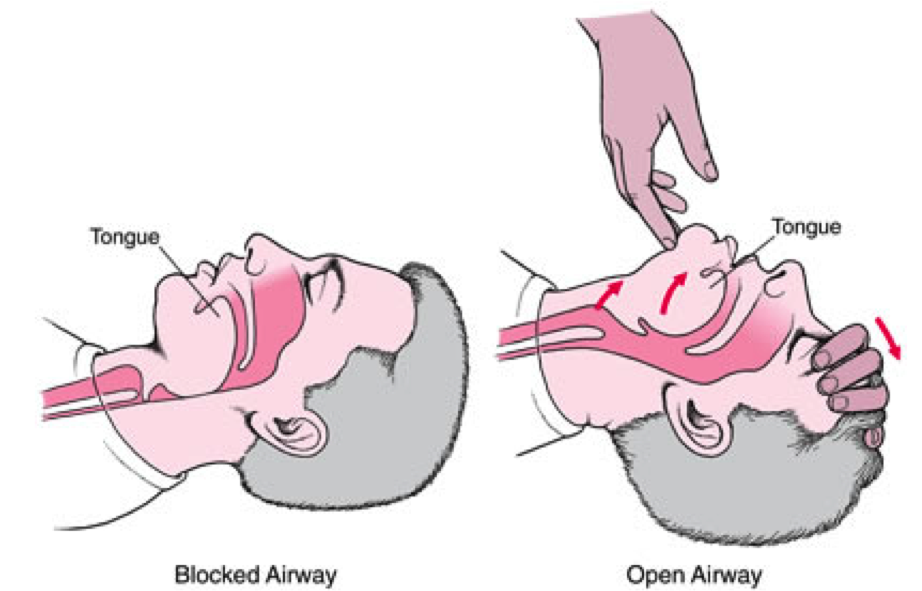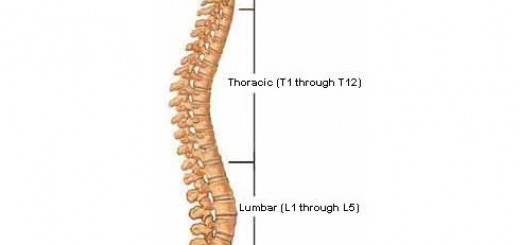Top 4 Mistakes When Giving Rescue Breaths
Giving rescue breaths is an important component of conventional CPR. Although some guidelines now promote ‘Hands-only CPR’ (chest compressions only), rescue breaths remain taught as part of conventional CPR.
There is increasing evidence of the importance of high-quality chest compressions. However, rescue breaths are also an important skill to perform correctly. It is easy to make mistakes when giving rescue breaths, here’s our roundup of the most common mistakes we see.
Mistake 1: Not Opening the Airway
The patient’s airway needs to be open before rescue breaths can be given. Ensure the head is tilted backward and a chin lift is being performed.
The airway needs to be maintained whilst the rescue breath is being given, otherwise, the breath will not be effective.
Mistake 2: Not Making a Seal
A complete seal needs to be made over the patient’s mouth. If using a CPR facemask or pocket mask, this device needs to be used correctly in order to prevent air leaking out the side.
The exhaled air will take the path of least resistance. If there is an incomplete seal, air will leak out rather than being forced into the patient’s lungs.
Mistake 3: Over-inflating The Lungs
This is one of the most common mistakes seen, especially with new learners. Over-inflating the patient’s lungs causes air to enter the patient’s stomach. This increases the risk of regurgitation of stomach contents.
Each rescue breath should only last for approximately 1 second. A good rough guide is to stop when the patient’s chest rises.
Mistake 4: Repeated Rescue Breath Attempts
Current guidelines recommend 2 rescue breath attempts. If a rescue breath does not work, check for problems (for example, a blocked airway) then give the second attempt. Once two rescue breath attempts have been performed, resume chest compressions.
Do not give more than 2 rescue breath attempts before resuming chest compressions. You should re-attempt after the next thirty set of chest compressions.
Long pauses in chest compressions are associated with worse outcomes for victims of cardiac arrest. It is vital to minimize any pauses in chest compressions. Ideally, there should not be any pauses longer than 10 seconds.






